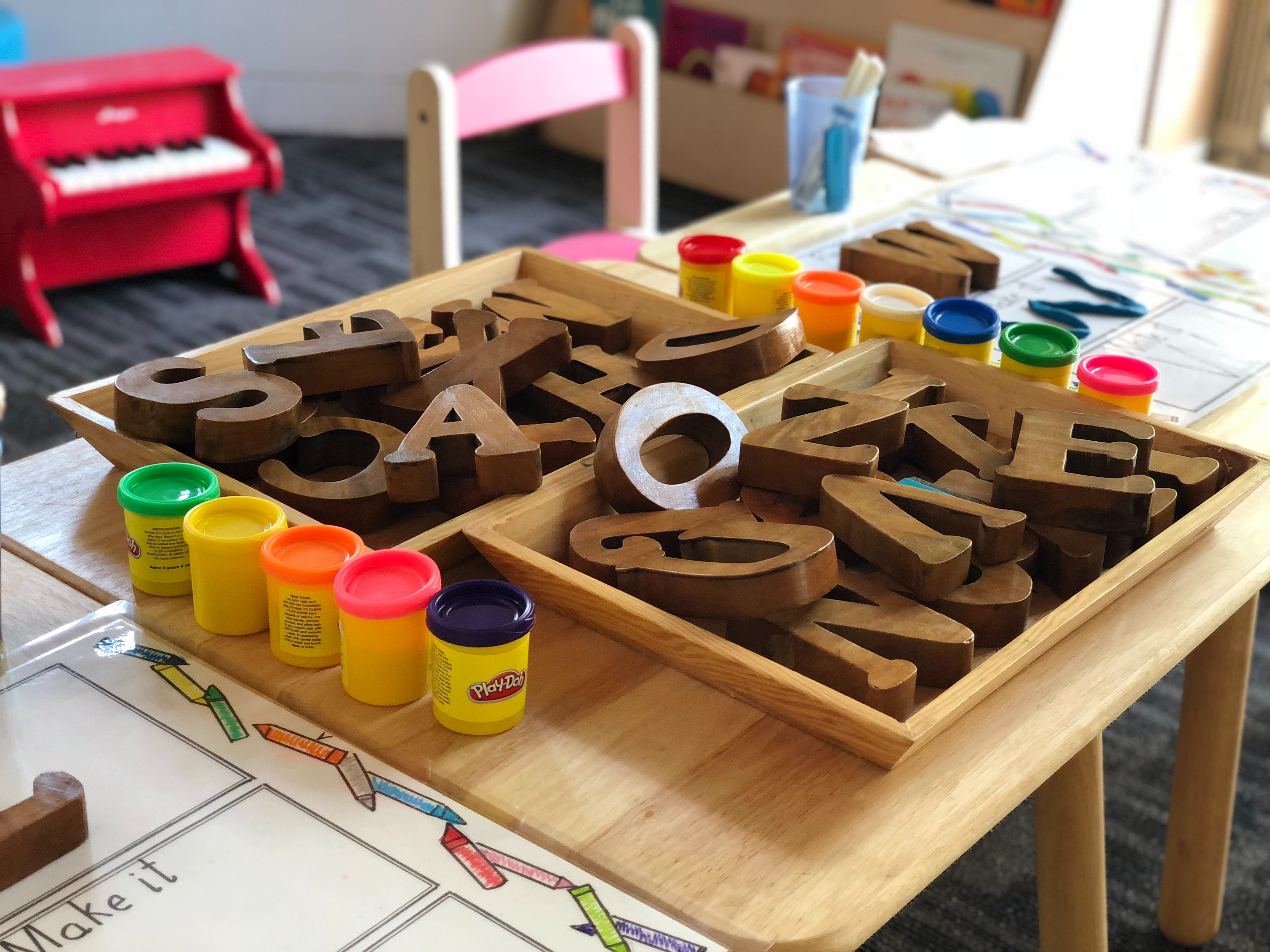How One-on-One Tutoring Produces Better Students

If your student needs a little help with school, there are several options available. But choosing the right setting to help him/her succeed can be overwhelming. Understanding some key differences between in-home and small group tutoring may help you determine which option is best for your child.
Most of us parents have experienced the “homework blues” at one point or another with our children. When it’s time to crack the books, our kids will find any excuse under the sun to delay, postpone or even skip it all together. But how do you know when there’s a real problem in the classroom, and not just an aversion to homework? If your child genuinely seems to struggle in a subject, or it’s been confirmed by the school by a poor classroom grade or a less-than-stellar report card, it may be time to get some outside help. With so many options to choose from though, how do you know which setting will best suit your child? Here are some key differences between two major options that may help you decide.
IN-HOME TUTORING
The hallmark of in-home tutoring can be determined just in the name, as instruction takes place in your home. The two major benefits to that feature are that tutoring sessions can take place around you and your family’s busy schedule (meaning evenings, weekends, during school breaks or intercessions, etc.) and that it eliminates the often-competitive environment of the school classroom. Instead of a teacher having to split his/her time effectively among 25-35 kids in a classroom, an in-home tutor can focus 100% of his/her attention on your child, modifying the tutoring program as necessary to ensure that learning is continuous. That individualized attention usually leads to much faster results, better long-term retention, and a stronger bond between tutor and student.
GROUP TUTORING
Group tutoring, on the other hand, usually involves pairing one tutor with several students (5-10 for maximum effectiveness) for instruction. Because of the size of the group, instruction usually takes place outside of the home – often on school campus, at a community center, church, or other public location that is conducive to group tutoring. Although the tutor can’t achieve 100% individualization for each student, the ratio is still far better than a classroom setting, and so tutoring can still be effective. In fact, some students (particularly older students) enjoy the peer interaction fostered in a group setting, and benefit from the sharing of ideas inherent in this setting.
Generally speaking, then, although either option may help a child fare better in school, one-on-one tutoring is going to impact the greatest results in the shortest amount of time. This is especially critical for students who are experiencing significant difficulties in school. Students can feel confident and comfortable in their home environment, ask questions of their tutor and receive immediate feedback on work, and generally excel quicker than they would in a group environment. But if your child is age 12 or older, has a strong attention span, is a committed student that thrives in peer groups, and is only experiencing a slight struggle in school, or needs help with a specialized subject such as SAT or ACT test prep, group tutoring may also prove effective.
The most important thing is to look for signs that your child is struggling and engage help quickly. Most students only need the extra assistance for a short amount of time and can gain valuable learning and study skills that help for a lifetime! If you’re interested in learning more about how tutoring might help your child, now is the best time to call Club Z! Call 800-434-CLUB (2582) today for more information about Club Z!’s tutoring programs. Club Z! has affordable, effective programs to fit any learning style.
 CATEGORIES
CATEGORIES
- Benefits of Tutoring (2)
- Club Z! Pittsburgh (3)
- Encourage learning (3)
- Preschool/Kindergarten (1)
- Program advantage (2)
- Quick Tip Series (7)
- Study Tips (1)
- Summer Programs (3)
- Uncategorized (2)

 Elaine
Elaine  August 31 ,
2022
August 31 ,
2022  0 Comments
0 Comments